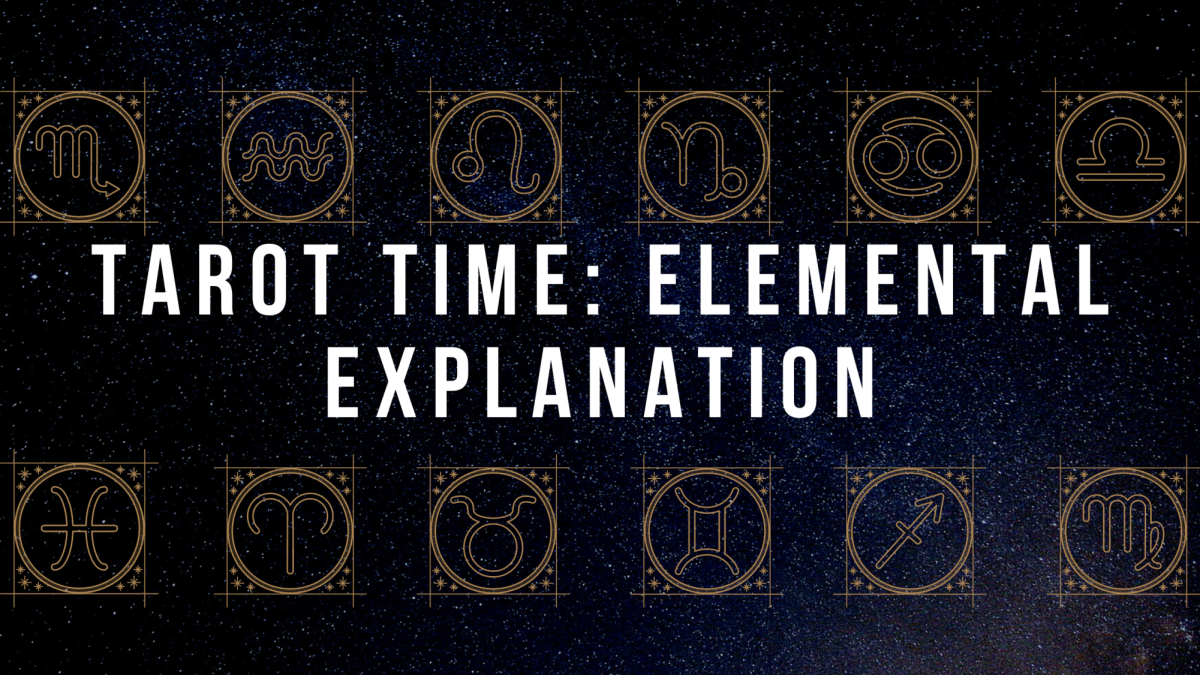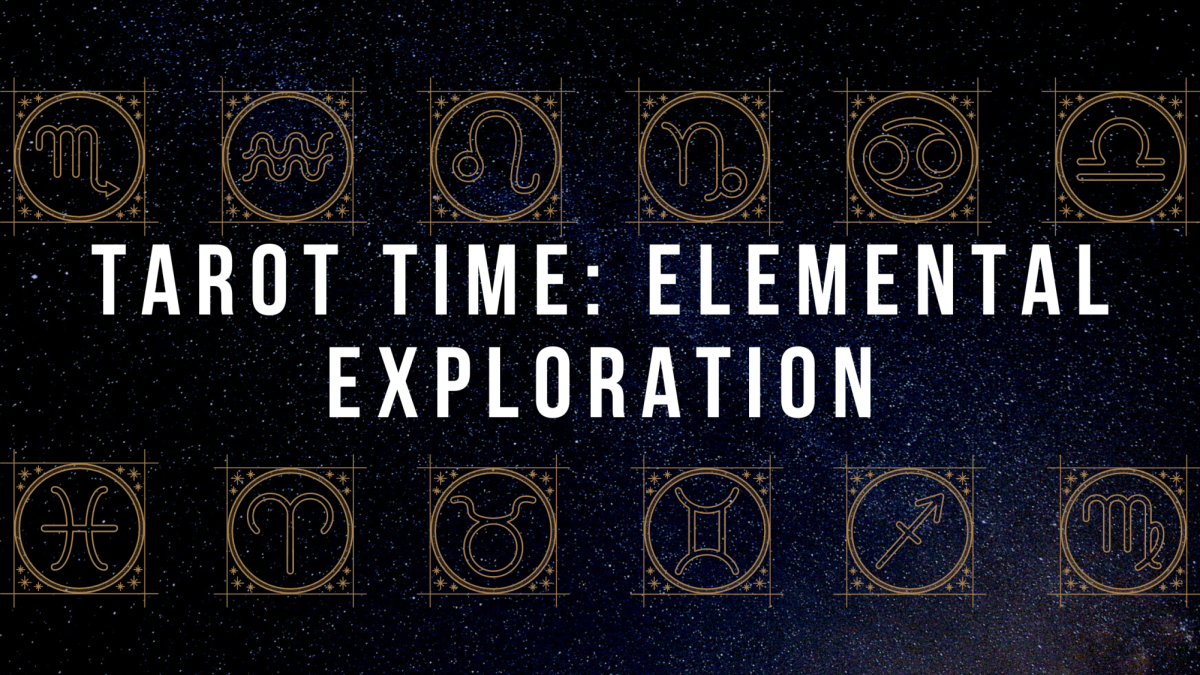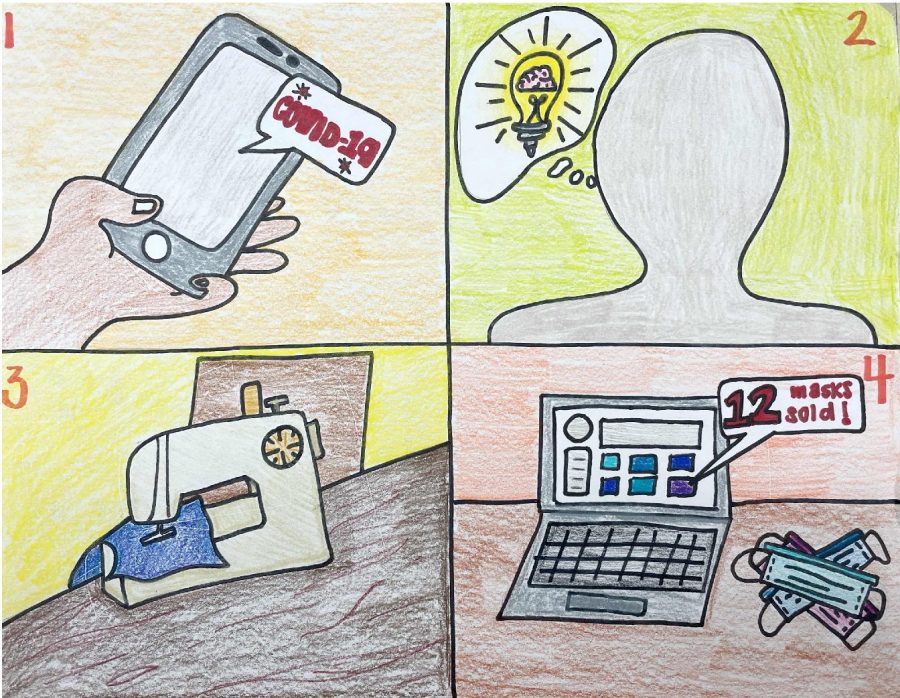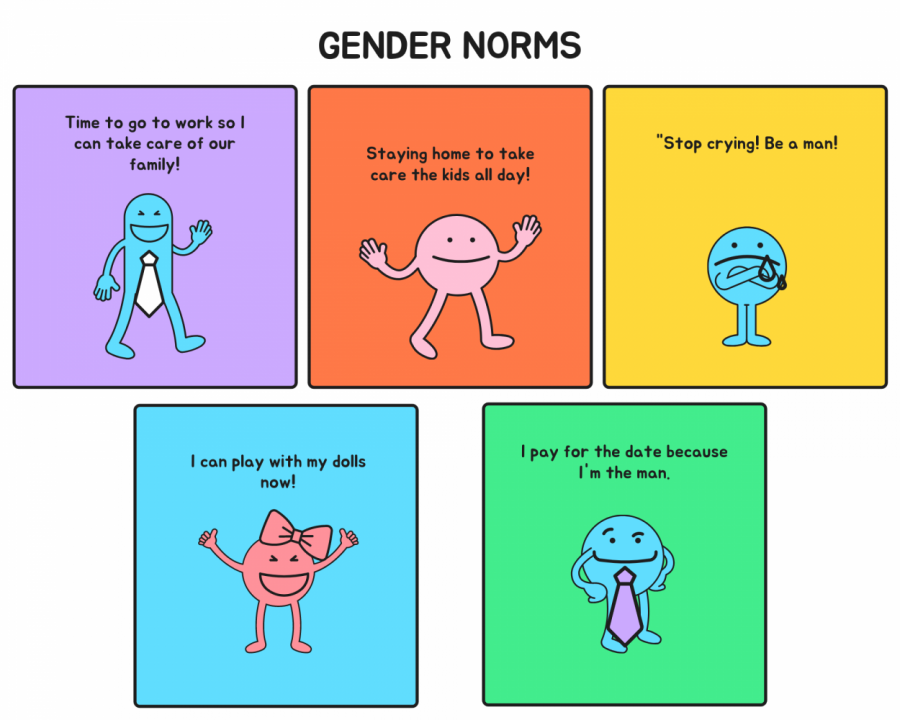A “good read” is more than just a well written story. Popular books among teens often grab the readers’ attention and take them on a compeling journey with the characters in the book. Captivating stories and character development are key in determining great literature.
Junior Erica Freitas said, “I love all of John Green’s novels because they always have a plot that continues to develop. His books are able to engage the audience and keep the readers guessing as to what will happen next.”
The author’s style of writing is another determining factor in categorizing great literature. A substantial plot is meaningless to readers if it is poorly written.
Junior Ye Eun Lee said, “A particular book that I would have enjoyed more if it were written differently is ‘A House on Mango Street.’ Although I understood the purpose behind Sandra Cisneros’ writing style, I think that the plot could have been stronger if she expressed it differently.”
Besides an interesting plot and intriguing characters, popular books should have a takeaway value that is relevant to readers.
Sixth grader Anna Sakai said, “I started reading ‘The Hunger Games’ trilogy because I instantly felt connected to the character Katniss Everdeen. I want to be just like her: courageous, skillful, brilliant and strong-minded.”
Generally, teenagers are interested in romance, science fiction and adventure fiction genres. Books that revolve around teenagers struggling with drugs, alcohol or peer pressure often catch teen readers’ attention.
Current popular books include “The Hunger Games” trilogy by Suzanne Collins, the “Twilight” series by Stephenie Meyer, “The Fault in Our Stars” by John Green, the “Harry Potter” series by J.K. Rowling, “The Perks of Being a Wallflower” by Stephen Chbosky, “Thirteen Reasons Why” by Jay Asher, “The Uglies” series by Scott Westerfeld and “The Book Thief” by Markus Zusak.





























